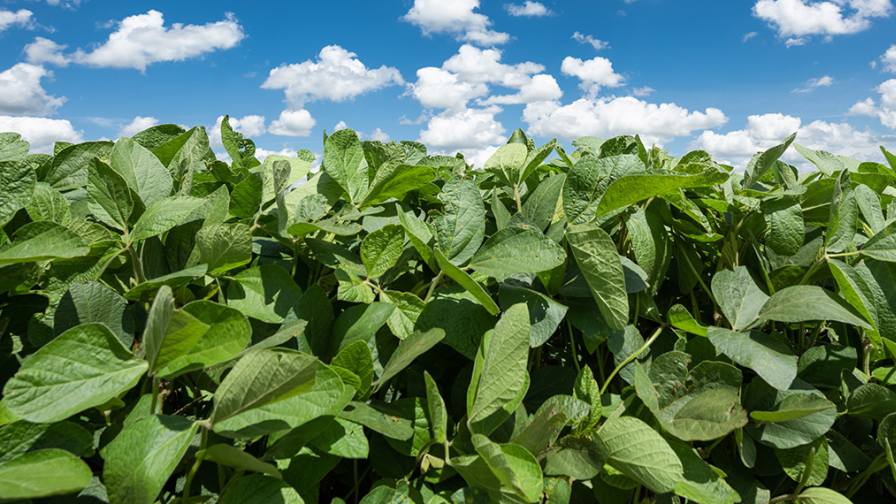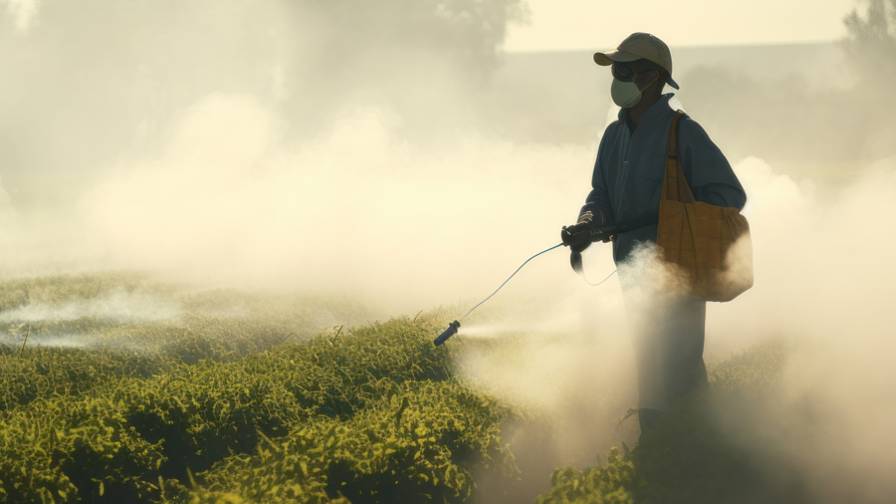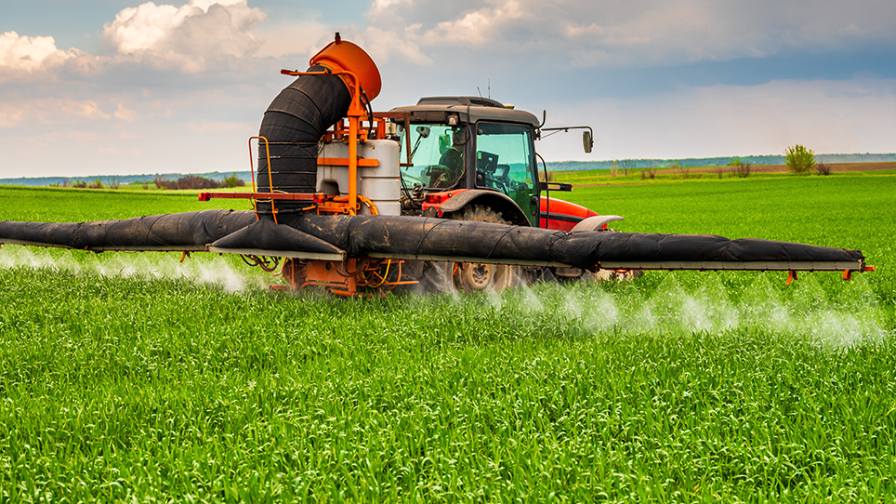Floods Devastate Serbia
Major flooding is posing serious threats to several Serbian cities and farms in six regions of the country. During the weekend of April 15-16, the flooding began on the Danube, Sava, Tamis, and Tisa rivers, which reached their highest levels in more than a century, according to the US Department of Agriculture’s Foreign Agriculture Service (USDA-FAS).
A state of emergency has been declared in the regions of Secanj, Negotin, Veliko Gradiste, Smederevo, Pozarevac, and Golubac. In Smederevo, 40 kilometers east of Belgrade, hundreds of people were evacuated from their homes as waters from the Danube flooded the town. In the country’s breadbasket region of the northern province of Vojvodina, the flooding has been its most severe, making it impossible for farmers to plant the spring crop.
Zrenjanin is the most affected farm area with 14,900 hectares (Ha) of flooded farmland. The Serbian Ministry of Agriculture, Forestry, and Water Management estimates that 240,000 Ha of agriculture land has been impacted, of which 112,000 Ha is completely flooded. The remaining areas have been turned into muddy fields.
If water remains in fields until the beginning of May, the impact on spring crops could be devastating to the agricultural sector.
Crops In Jeopardy
Spring plantings in Serbia and Montenegro were expected to occupy approximately 2.3 million Ha this season. These plantings were to consist of:
- Maize (1.2 million Ha)
- Vegetables (300,000 Ha)
- Sunflower (240,000 Ha)
- Soybeans (160,000 Ha)
- Feed/Forage crops (158,000 Ha)
- Sugar Beets (75,000 Ha)
- Barley (60,000 Ha)
- Oats (37,500 Ha)
- Other Spring grains (10,700 Ha)
- Tobacco (6,500 Ha)
- Other Industrial crops (5,000 Ha)
- Others (19,000 Ha)
All of these figures could be affected or in some cases obliterated by the flooding. Of the sugar beet crop’s forecasted 75,000 Ha, only 50,000 Ha have thus far been sown, with the remaining 25,000 Ha in serious question due to flooded fields, reports USDA-FAS.
The 240,000 Ha of Sunflowers contracted by oilseed crushing companies may be threatened as well, as only half of the contracted farmers had received their seeds prior to the flooding of the fields.
Likewise, soybean estimates will be down dramatically from the 160,000 Ha contracted by soybean crushing facilities, as most of the soybean area has been affected by floods and planting has been very slow.
Serbia’s large production of vegetables has been hit by the floodwaters and heavy rainfall as well, and only 20% of the 300,000 Ha forecast to be grown have been planted to date.
Planted Crops Hurt
Aside from its impact on the spring crop, the flooding and heavy rains have endangered much of last fall’s crop.
Reports estimate that roughly 100,000 Ha of the total wheat area (540,000 Ha) in the country may be lost. While the full extent of the damage is not yet known, USDA-FAS reports that it is certain the average yield will be no higher than 3.5 metric tons (MT) per Ha. With total consumption needs of approximately 2 million MT annually and current stock levels, the country may face a shortage this year.
The Serbian government does not have the funds to aid affected farmers. The only recourse for farmers who have been victims of the flooding is the newly established support program for crop insurance, but even that only covers registered farmers and is not guaranteed to be fulfilled. The crop insurance support programs began last year and pay 30% of total farmers’ insurance costs. The Serbian government has set aside approximately US $3.5 million in its 2006 budget for this program.





